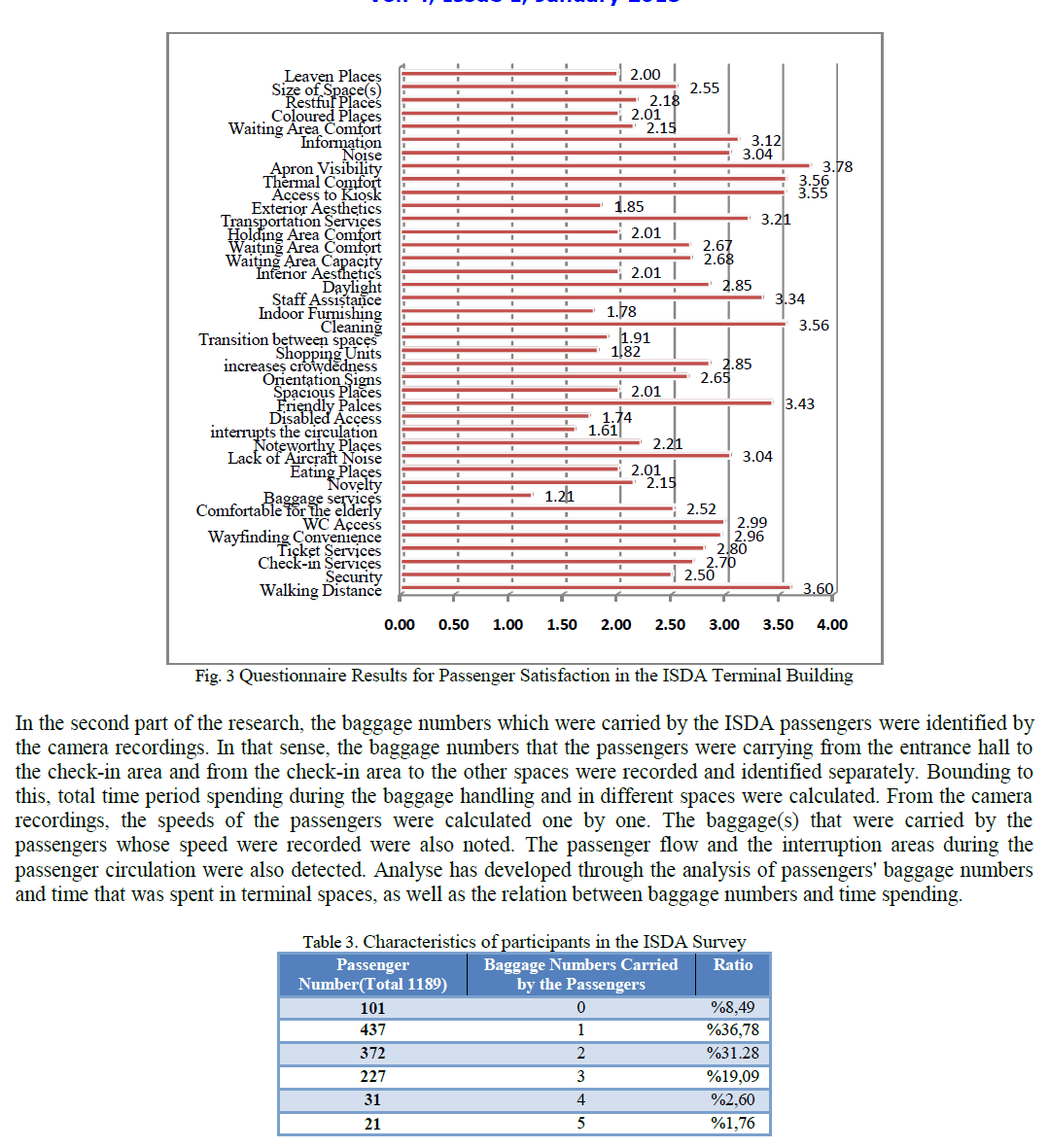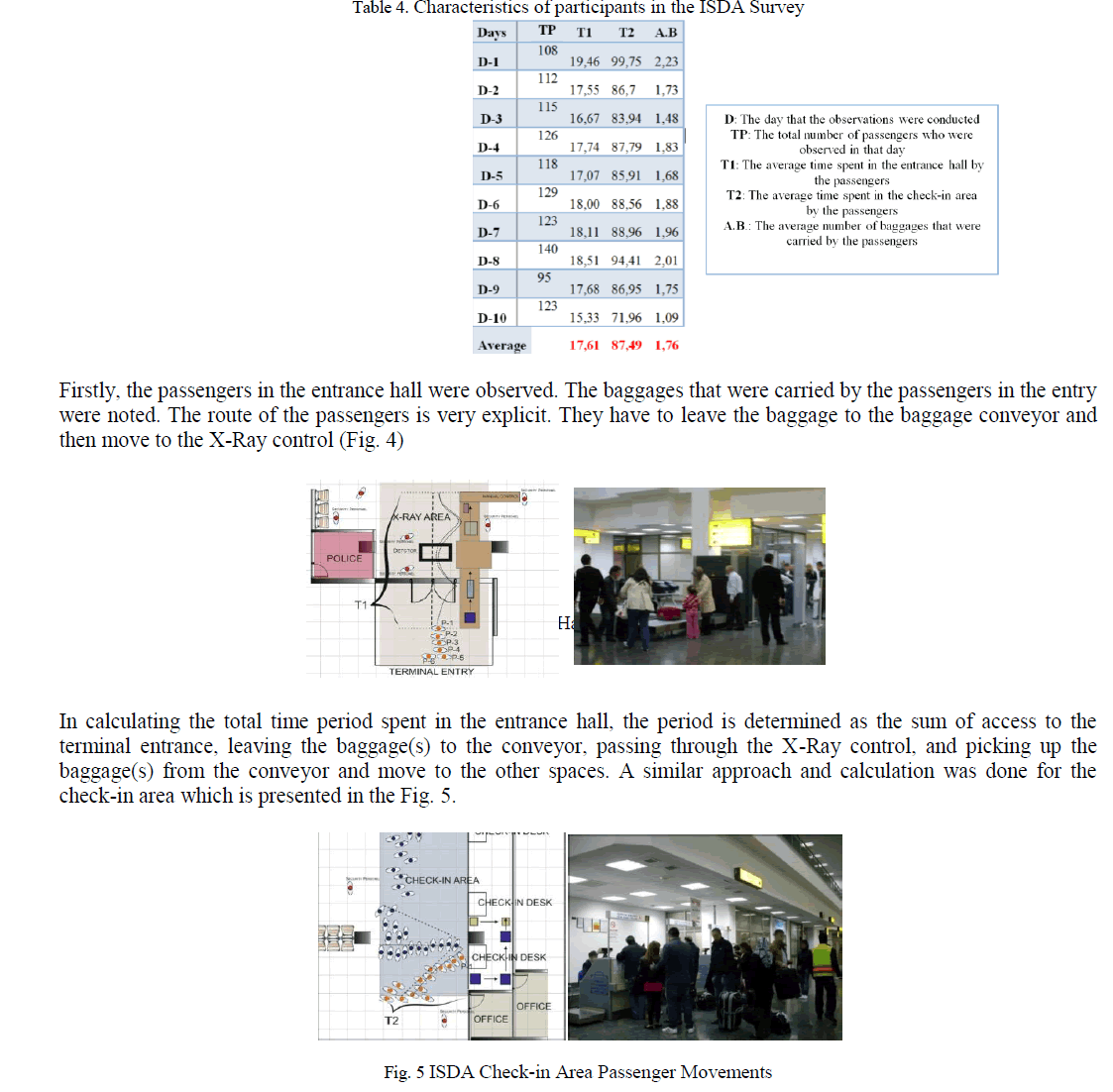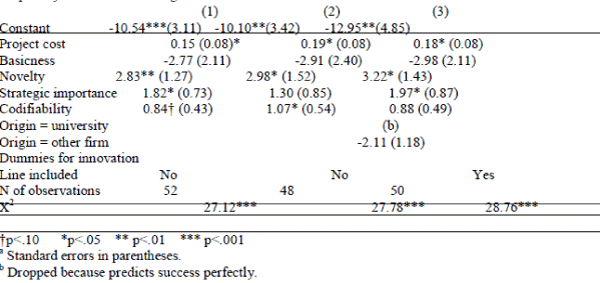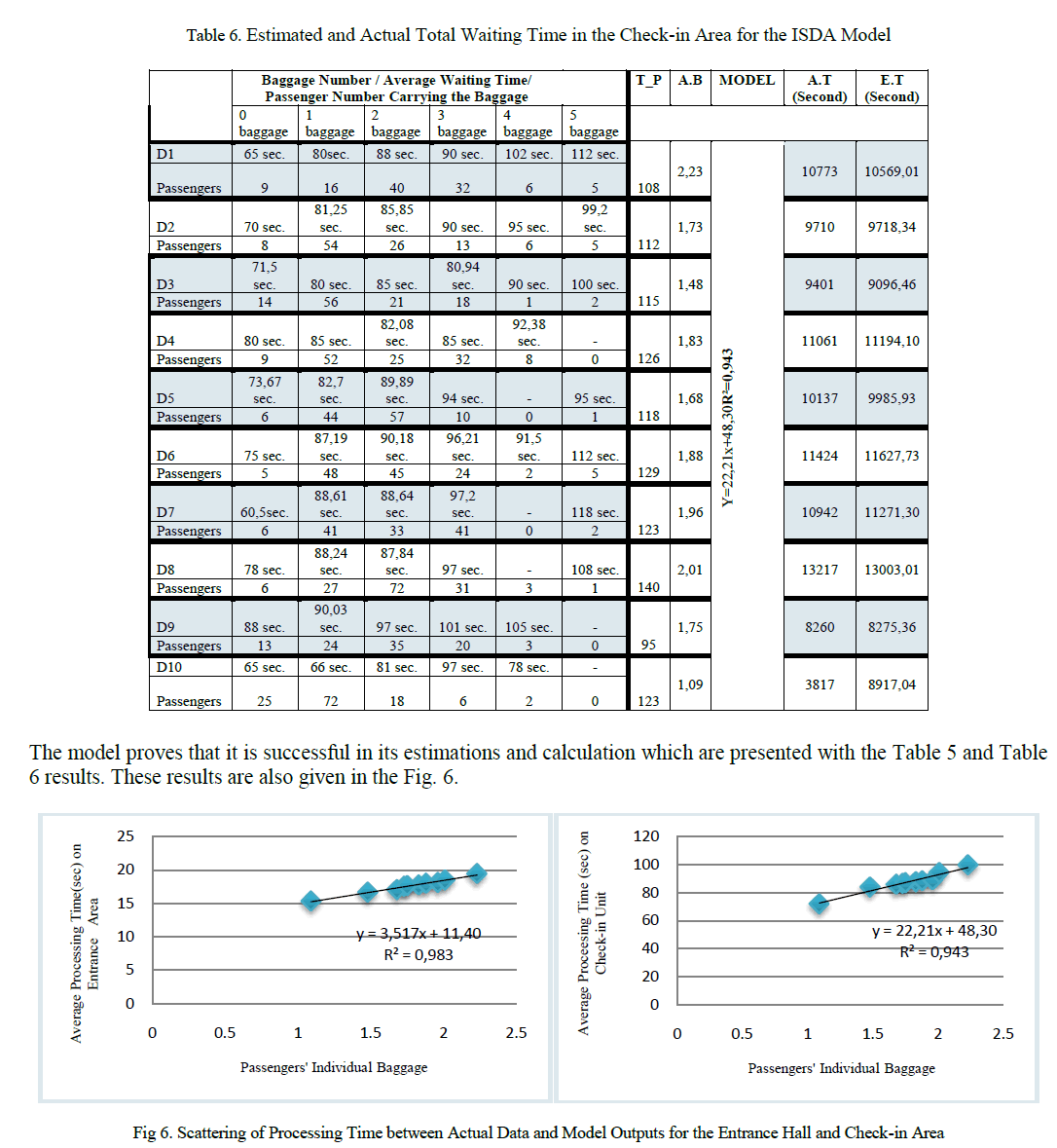ISSN ONLINE(2319-8753)PRINT(2347-6710)
ISSN ONLINE(2319-8753)PRINT(2347-6710)
J.R.Gujarathi1, T.V. Rajale2
|
| Related article at Pubmed, Scholar Google |
Visit for more related articles at International Journal of Innovative Research in Science, Engineering and Technology
Keywords |
| 5-aminothiabendazole, CuCl2.4H2O, 5-thiabendazole.6H2O, antimicrobial assay. |
INTRODUCTION |
| Copper is one of the most abundant element in the earth’s crust. lt occurs to the extent of 68 ppm by weight. The metal is used in the electrical industry because of its high conductivity. It is also used for waterpipes because of its inertness. The common oxidation states of copper are I (dm), II (d9), and lll (ds). The most common oxidation state of Cu is (ll), and Cu(Il) complexes have been extensively studied. These complexes havetetrahedral, octahedral, square planar and trigonal bipyramidal geometries [1]. Due to the presence of unpaired electron, all the copper(lI) complexes are paramagnetic.Sulfur and/or nitrogen heterocycles have acquired a great importance among the heterocycles, as these possess pharmaceutical activities and pest management potency. These widely occur in the nature in the form of alkaloids, vitamins, pigments and as constituents of plant and animal cells. The utility of thiazoles in curative treatment has been firmly established. They exhibit anti-bacterial, anti-hypertensive, anti-anginal, anti-arrhythmetic, antihistaminic, narcotic antagonist activities [2]. Thiazole nucleus is found in many antibiotics and vitamins in one or another form. |
| The benzimidazole compounds have been proved to be the most important group of fungicides with systemic activity and are well known for their pronounced ability to control a large number of fungal diseases. Benomyl, thiabendazole and thiophanate methyl are main examples of this fungicide class. Because of their systematic activity, they can help to control some diseases after infection. Benzimidazole fungicides are also used to prevent post-harvest rots and in soil-drench treatments [3].The 2-(4-thiazolyl)-1H-benzimidazoles are structurally analogous to benzimidazoles, well known as an anthelminitic agent and systemic fungicide. Its fungicidal properties and systemic properties in plants have already been reported as a fungicide with protective and curative action. It is used to control of Aspergillus, Botrytis, Ceratocystis, Cercospora, Colletotrichum, Corticium, Diaporthe, Diplodia, Fusarium, Gibberella, Gloeosporium, Oospora, Penicillium, Phoma, Rhizoctonia, Sclerotinia, Septoria, Thielaviopsis, Verticillium spp., etc.[4] in asparagus, avocados, bananas, barley, beans, cabbage, celery, chicory, cherries, citrus, cotton, some cucurbits, flax, mangoes, mushrooms, oats, onions, ornamentals, papaws, pome fruit, potatoes, rice, soya beans, strawberries, sugar beet, sweet potatoes, tobacco, tomatoes, turf, vines and wheat. Also used for control of storage diseases of fruits and vegetables and for control of Dutch elm disease. It is commonly used as an anthelminitic in human and veterinary medicine too [5]. Again thiabendazole has significant anthelmentic activity for gastrointestinal parasites in sheep, goats, cattle, horses, swine, dogs, and poultry. This compound is well-tolerated and does not stain the skin, hair or wool of animals. It may be given orally for therapeutic use or in feed or mineral supplements for the prophylactic control of parasites in domestic animals. Benzimidazole and thiazole analogues have found applications in medicine and agriculture [6]. |
| 5-Aminothiabendazole (ANTBZ) acts as both acid and base, thus it is possible to make compounds which are neutral,cationic or anionic in nature, as well as report biological activity of metal complexes. The potential N, N’-donor chelating agent are quite rare. In present paper we report synthesis and characterization of derivatives of 5- Aminothiabendazole, and differentiate fungi toxic activity with those of nitrothiabendazole. |
| Nitrogen heterocycles have acquired an immense importance among the heterocycles, possessing pharmaceutical activities and widely occur in the nature in the form of alkaloids, vitamins, pigments and as constituents of plant and animal cells. The utility of thiazoles in curative treatment has been firmly established. They exhibit antibacterial, anti-hypertensive, anti-anginal, anti-arrhythmetic, anti-histaminic, narcotic antagonist, etc. activities. Thiazole nucleus is found in many antibiotics and vitamins in one or another form. |
| Benzimidazole and many of its derivatives exhibit a variety of biological actions, including antibacterial, antiviral, anticancer and antifungal activity [7]. Benomyl, thiabendazole and thiophnate methyl are main examples of this fungicide class. Because of their systematic activity, they can help to control some diseases after infection. |
| In present work 5-Aminothiabendazole,is selected as chelte ligand because of structural similarity to chelating agents such as 2,2’ bipyridine and 1,10 phenanthroline. |
MATERIALS AND METHODS |
| Thiabendazole ( A.R.Grade),CopperChloride ( A.R.Grade), zinc dust, methanol, formic acid ,chloroform, sodium bicarbonate, super saturated solution of NaCl ( A.R.Grade). |
 |
 |
 |
 |
 ' ' |
 |
 |
References |
|